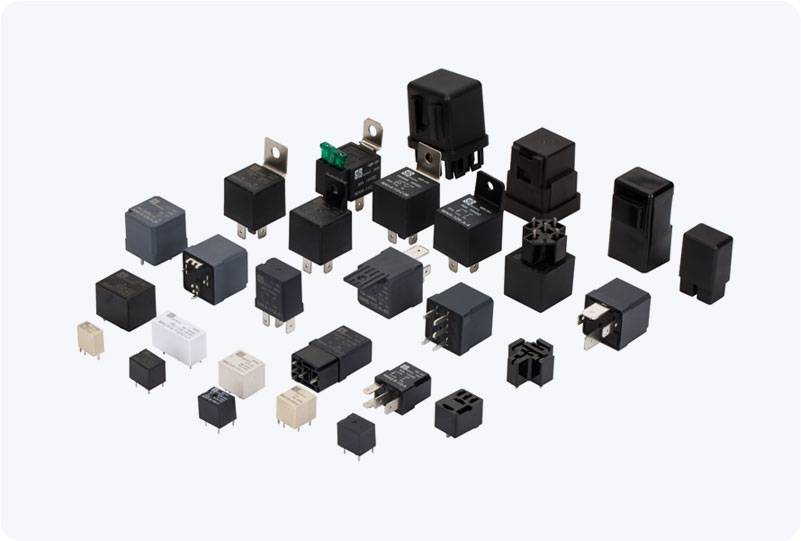Time relays are integral components in electrical and automation systems, playing a crucial role in controlling the timing of a circuit. These devices allow for the introduction of a precise time delay, which can be essential for various industrial and commercial applications. By understanding the different types, working principles, and uses of time relays, it becomes clear how important they are for enhancing efficiency, accuracy, and safety in electrical circuits.

What is a Time Relay? A time relay is an electromechanical or solid-state relay that introduces a time delay before switching an output. It operates by monitoring the input signal and performing an action after a specified delay period. Time relays are often used in circuits that require delayed operations, whether to turn a device on, off, or to alternate between states at specific intervals. Types of Time Relays Time relays come in several types, each serving a unique function. The most common types are: On-Delay Time Relay: This type of relay delays the activation of a connected device after the input signal is received. For instance, it can turn on a motor only after a predetermined delay, preventing immediate activation.